

Andrew L
gamer level 6
8677 xp
8677 xp
followers
58
58
Use my invite URL to register (this will give me kudos)
https://boardgaming.com/register/?invited_by=morly
profile badges




recent achievements

Advanced Reviewer
Review 13 games and receive a total of 980 positive review ratings.
Review 13 games and receive a total of 980 positive review ratings.

Pick a Favorite LGS
Go to the Store Locator page, find your favorite local game store (LGS) and click on the Favorite button.
Go to the Store Locator page, find your favorite local game store (LGS) and click on the Favorite button.

Follow a Local Game Store
Follow a local game store. The purpose of following is to get notifications when comments are added to the board.
Follow a local game store. The purpose of following is to get notifications when comments are added to the board.

Count / Countess
Gain 50 total followers
Gain 50 total followers
Player Stats
Critic (lvl 3)
1365 xp
1365 xp
Explorer (lvl 3)
1036 xp
1036 xp
Professor (lvl 3)
815 xp
815 xp
Reporter (lvl 2)
506 xp
506 xp
About Me
I have played games from a very early age and come from a "Gaming Family." In the industry, I have sold games, marketed games, wrote and edited games' rulebooks, playtested, demoed and reviewed games as well as worked closely with many hobby industry gaming manufacturers. I believe I am unique in that I like to try all games, and find some good in all of them, from CCG to tabletop, board games to abstract strategy. There is a game for every occasion and for every player. Happy Gaming!




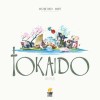



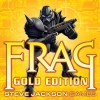






























































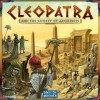






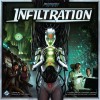












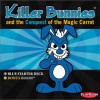


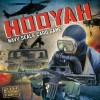

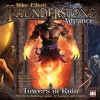





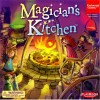

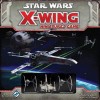





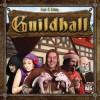


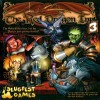





























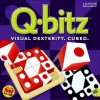



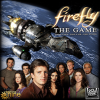

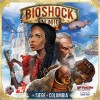
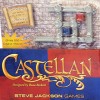








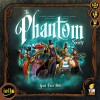







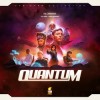

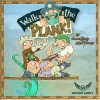




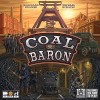






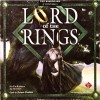

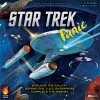


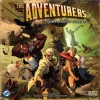











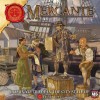

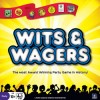

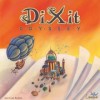
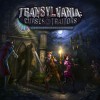






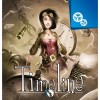

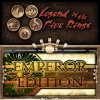
Ilium
Indiana Jones made archeology cool; digging up dusty artifacts from some ancient kingdom and learning about ancient man. The game of Ilium, named for the true name of ancient Troy, allows 2 to 4 players to enter dig sites, claim artifacts and race to have the greatest collection. Like any Reiner Knizia game, there are some good mathematical mechanics. So, let’s dig right in…
Game play: (Race to the Dig sites!)
The game board depicts 13 dig sites separated by stone pathways. On these dig sites are randomly placed Artifact tokens (10 each of Coins, Horses, Armbands, Bottle and Helmets of varying values from one to five). Collecting these artifacts and scoring them is the goal of the game.
Players start the game with 45 wooden Archeologist tokens, a deck of Assignment Cards and three Supply Cubes. Each turn a player flips the top card of their assignment deck, and places the number of Archeologist tokens depicted on the card on any one space on any one path on the board. Player may also use one of their three Supply Cubes in addition to placing their Archeologists. This helps fill in the path to the dig sites.
When a Stone pathway is filled in and two Dig Sites are connected, the Artifacts can be claimed from either site. The player with the most Archeologists on the path gets to choose first and takes the lowest valued Artifact token from either Dig Site. The players with the second highest total Archeologists (as long as they have at least half the number of Archeologists than the player with the majority), gets to take the lowest valued Artifact from the other connecting Dig Site.
And so it continues until in the musty dusty air of the site of ancient Troy until a player ends the game when either all 4 of the Artifacts with value 4 are collected, or all the Assignment cards are used up. Then scoring occurs.
– Each player who collected the most Artifacts of each type scores 10 points.
– Each player also scores 10 points for each set of 5 Artifact types, (from all collected tiles).
Easy? Well not really. During the game all the players start out building their routes by placing their (workers). Being the first to complete a route is ok, but you have to choose the lowest valued Artifact. So it almost pays to lag behind, watch the other routes and not get to excited (sounds like an Archeologist!). The trouble is, there is a tipping point in the game when suddenly many stone pathways are almost completed and players have to choose which path to complete and which to open up for the other players. Keeping in mind you may be at the mercy of the total Archeologists on your next assignment card. You have to keep track of the Artifact tokens you have as well, so that you can form complete sets, So focus is divided between these two areas, Artifact Tiles left on the board (at which Dig Sites), and the type of Artifacts on these sites to complete your sets.
Style/Components: (Where did you dig these up? )
The components for Ilium are really … not great. The wooden Archeologists are fine, the Illustrations on the Artifact Tokens are a little too small and hard to read. But the game board is the major eye-sore. I think that the actual site of Ancient Troy would be easier to stare at for and hour. The game board graphics are so convoluted that the pathways are not clear and it really makes an easy game, more difficult. Art and graphics should always complement a game and add to its enjoyment, not create a mind numbing distraction.
Value: (Consider donating.)
The original retail on Ilium was $40. Yikes! It goes for around $18 now and that’s about right. If you want some light fun, and the worker placement system and scoring system sounds compelling, please indulge.
Audience: (Ancient Trojans? )
A Family and Casual Gamer may enjoy Ilium for the unique choices in worker placement, but I don’t see many of the other game groups getting anything out of Ilium. It would astound the inhabitants of ancient Troy. But that’s about it.
Instructions (Clear)
The Instruction book is fine. It uses illustrations to show the various game choices and scoring aspects. So it works.
Overall Review: (Meh…)
I like some of Reiner Knizia’s games: Lost Cities, En Garde, Amun-Re…they have a simple basis in math and often times are a challenging puzzle that fits together with the theme of the game just right. He has tons of awards and over 500 games published. I guess Ilium just isn’t one of the best.
It has the feeling of mathematical game matrix, (Knizia style) using some familiar mechanics with a theme draped over it. I could have been anything: bounty hunters collecting bounties… giant pandas collecting bamboo. You know?
If you have read some of my other reviews, you know that I am a gamer that loves immersion, and I never got the feeling with Ilium that I was doing anything other trying to take tricks in the proper order to collect set of the most value. I didn’t feel like an Archeologist, or that I was discovering ancient artifacts. It was just symbols on cards on a very poorly illustrated game board. Maybe this game wasn’t the game for me. But if you feel that it sounds appealing, it is out there for a good price, give it a play. I feel that almost every game will appeal to someone, even this one.